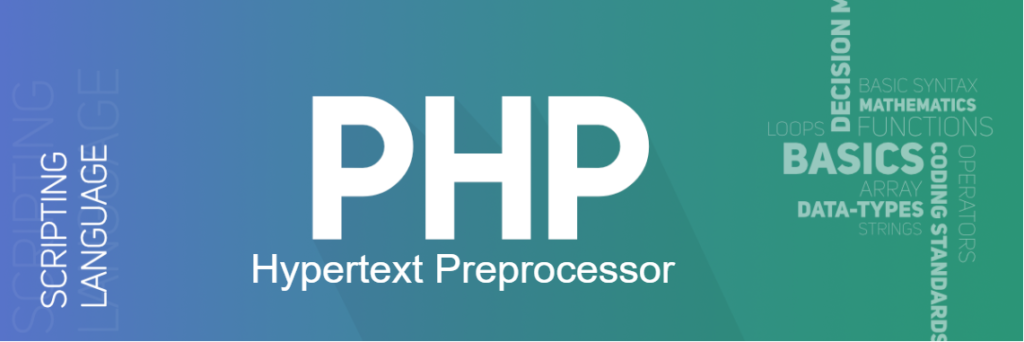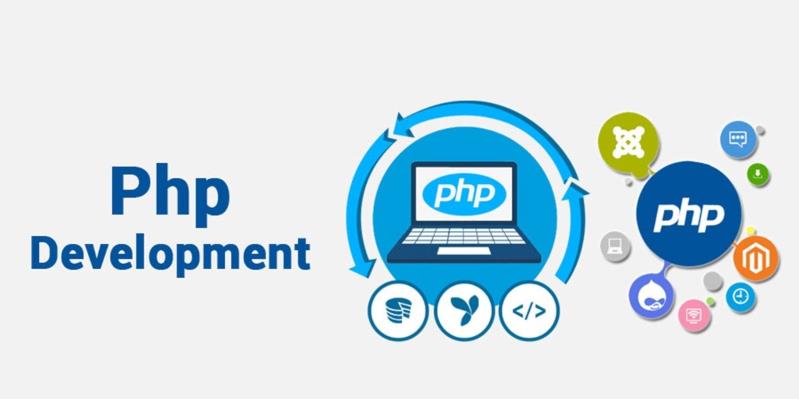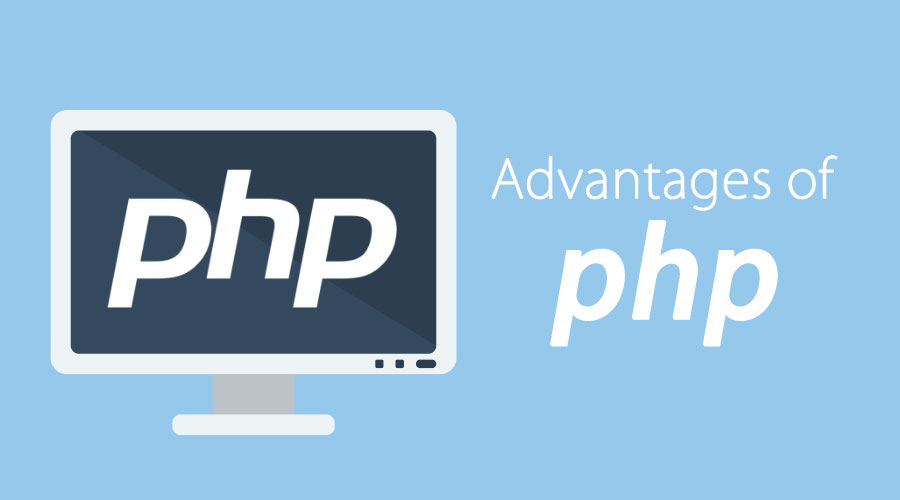best php training institute in vizag
There are several of online and in-person courses that may be taken to get started if you want to study PHP. This is a broad summary of what a PHP course will cover.

- Introduction to PHP:Basics of PHP programming language. Understanding server-side scripting.
- Setting Up Development Environment:Installation of PHP, Apache, and MySQL (commonly known as LAMP stack) or alternative setups like WAMP, XAMPP, or MAMP.
- PHP Syntax and Language Features:Variables, data types, operators, and expressions. Control structures (if statements, loops). Functions and arrays.
- PHP and HTML Integration:Embedding PHP code within HTML. Understanding PHP tags (<?php ?>).
- Working with Forms:Processing form data using PHP. Handling form submissions and validation.
- Working with Databases:Introduction to MySQL or other database systems. Connecting to databases from PHP. Executing SQL queries and fetching results.
- Sessions and Cookies:Managing user sessions using PHP sessions. Implementing cookies for user tracking and customization.
- File Handling:Reading from and writing to files using PHP.
- PHP Object-Oriented Programming: Classes, objects, properties, and methods (Optional).Polymorphism, encapsulation, and inheritance.
- Error Handling and Debugging:Handling errors and exceptions in PHP. Debugging PHP code using built-in functions and tools.
- Debugging and Error Handling: Managing PHP exceptions and errors.using the built-in tools and functions to debug PHP code.
best php training institute in vizag
Course Delivery:
Online Courses: Platforms like JNNC Technologies offer a wide range of PHP courses, ranging from beginner to advanced levels.
best php training institute in vizag
Certification:
Some PHP courses offer certifications upon completion, which can be beneficial for showcasing your skills to potential employers.
But before spending time and money on a course just for certification, it’s crucial to be sure the credential is accepted and recognized in the field.
Describe PHP in brief: Stress the significance of PHP for web development, its function as a server-side scripting language, and its adaptability in building dynamic webpages and web apps.
Establishing Development Environment: Give thorough directions on how to set up a local development environment on various operating systems, such as Windows, macOS, and Linux. This includes installing PHP, Apache (or another web server), and MySQL (or another database system).
- PHP Syntax and Language Features:Offer comprehensive coverage of PHP syntax, including variables, data types, operators, expressions, and control structures. Explain the significance of each concept with practical examples and exercises.
- PHP and HTML Integration:Demonstrate how PHP can be embedded within HTML to create dynamic web pages. Illustrate common use cases such as dynamic content generation, form processing, and template rendering.

Working with Forms: Walk students through the creation of HTML forms and the use of PHP to manage form submissions. In order to stop common vulnerabilities like SQL injection and cross-site scripting (XSS), teach recommended practices for form validation, data sanitization, and security measures.
Working with Databases: Give a thorough explanation of database fundamentals, covering the creation of tables, databases, and SQL queries. Use PHP’s database extensions (such as MySQLi or PDO) to connect to a database and demonstrate how to carry out CRUD (Create, Read, Update, Delete) activities.
- Sessions and Cookies:Explain the concept of sessions and cookies in web development and how PHP facilitates session management and cookie handling. Teach students how to implement user authentication, authorization, and state management using PHP sessions and cookies.
- File Handling:Cover file handling operations in PHP, including reading from and writing to files, file uploading, file manipulation, and directory operations. Highlight security considerations and best practices for file handling in web applications.
HP’s Optional Object-Oriented Programming:Teach pupils about classes, objects, inheritance, encapsulation, polymorphism, and other object-oriented programming (OOP) principles in PHP. Give an example of how to develop modular, reusable, and maintainable code using OOP principles.
- Error Handling and Debugging:Teach students how to handle errors and exceptions gracefully in PHP, including debugging techniques, error reporting settings, and logging mechanisms. Empower students to troubleshoot and fix common PHP errors and issues efficiently.
- Introduction to PHP Frameworks (Optional):Provide an overview of popular PHP frameworks and their features, advantages, and use cases. Introduce students to basic concepts of Model-View-Controller (MVC) architecture and demonstrate how to build web applications using a PHP framework.
- Project Work:Assign practical projects that allow students to apply their knowledge and skills to real-world scenarios. Encourage collaborative projects to simulate teamwork and enhance problem-solving abilities. Provide constructive feedback and guidance throughout the project development process.
best php training institute in vizag
Course Delivery:
- Hands-On Exercises: Incorporate hands-on exercises, coding challenges, and quizzes to reinforce learning and assess students’ understanding of key concepts.
- Interactive conversations: To promote a collaborative learning environment and answer students’ questions and concerns, encourage interactive conversations, Q&A sessions, and peer-to-peer learning.
- Practical Examples: Use real-life examples, case studies, and industry-relevant scenarios to demonstrate the practical applications of PHP in web development.
- Live Coding Sessions: Conduct live coding sessions where instructors demonstrate code examples, debugging techniques, and best practices in real-time.


